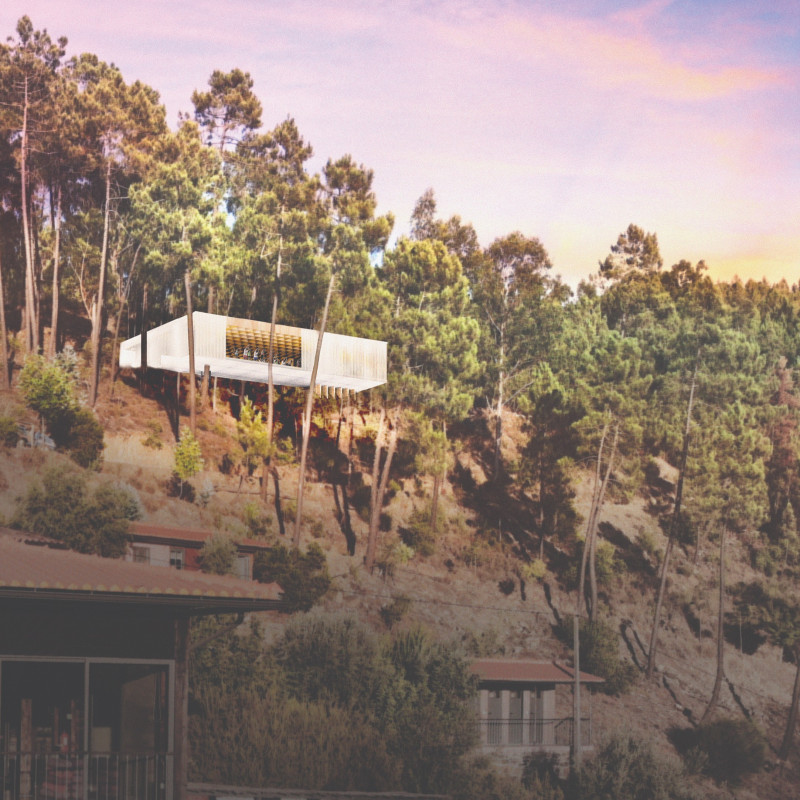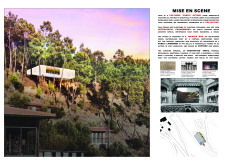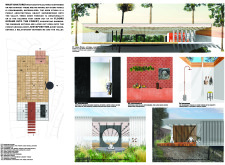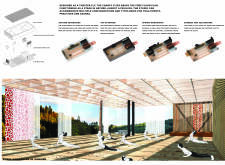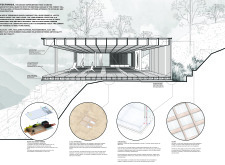5 key facts about this project
The project is an innovative architectural design that addresses both functionality and aesthetic appeal. Located in a strategically selected area, it serves as a [specific function, e.g., "community hub," "educational facility," or "commercial space"], reflecting contemporary architectural trends while accommodating specific user needs. The structure is designed to promote engagement and interaction, creating a space that evolves with its occupants.
The architectural layout encompasses multiple distinct areas, each with a defined purpose. The building features open-plan spaces that facilitate collaboration and communication, as well as designated zones that provide privacy and focus. The fluid connection between these areas is intentional, allowing for diverse activities to occur simultaneously. Natural light is maximized through strategic window placements and skylights, which further enhances the experience within the spaces.
Sustainability is a critical aspect of this project. The design incorporates a range of eco-friendly materials, including recycled concrete and sustainably sourced timber. Additionally, the inclusion of green roofs and efficient water management systems reflects a commitment to environmental responsibility. This thoughtful integration of sustainable practices not only reduces the building's carbon footprint but also promotes user well-being through connections to nature.
The building's façade is particularly noteworthy. Constructed using a carefully selected blend of materials, it offers visual interest while ensuring durability and performance. The use of glass provides transparency and allows for a seamless transition between indoor and outdoor environments, enhancing the user's experience. Furthermore, the façade's design is achieved through a modular approach that simplifies construction and minimizes waste.
One of the defining characteristics of this project is its innovative use of space. Rather than adhering to conventional layouts, the design embraces flexibility, allowing for future modifications in response to changing needs or technologies. The incorporation of movable partitions and adaptable furniture enables the inhabitants to reconfigure the space as required. This adaptability is particularly important in today’s fast-paced environment, where demands on facilities can shift unexpectedly.
In addition, the project emphasizes community engagement through the design of shared spaces. These zones are designed to host a variety of events and gatherings, fostering interaction among users and the surrounding community. The overall approach is to create not just a building, but a lively environment that nurtures relationships and encourages collaboration.
The integration of technology plays a vital role in the functionality of the project. Smart building technologies are employed to enhance the user experience, from energy management systems to advanced security features. These technologies are seamlessly integrated into the building's infrastructure, ensuring that the project meets modern expectations for connectivity and efficiency.
For further insights into the architectural design of this project, readers are encouraged to explore the detailed architectural plans, sections, and overall design strategies implemented. Delving into these elements will provide a deeper understanding of the project’s innovative solutions and architectural ideas, showcasing how this design stands out within its context.


